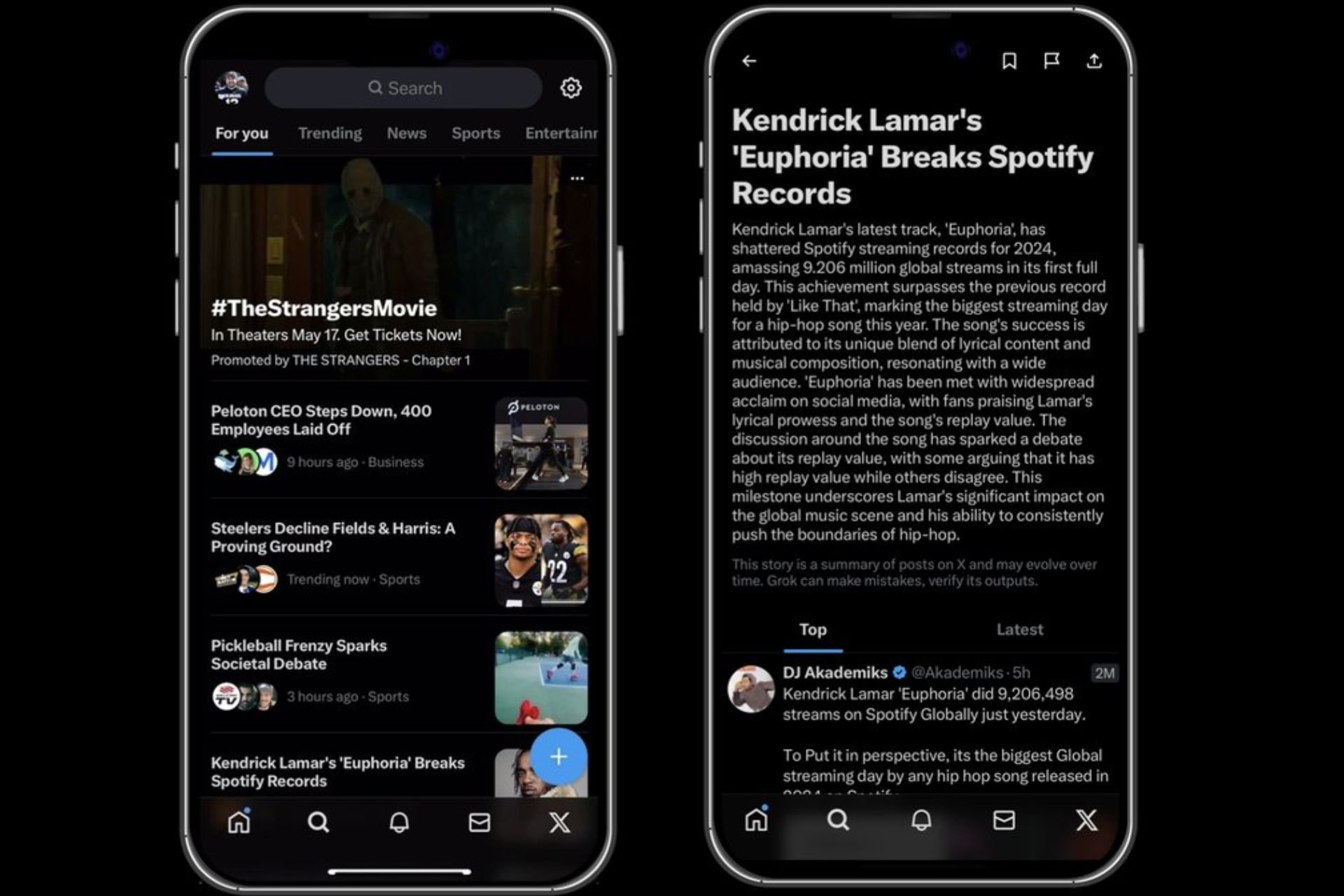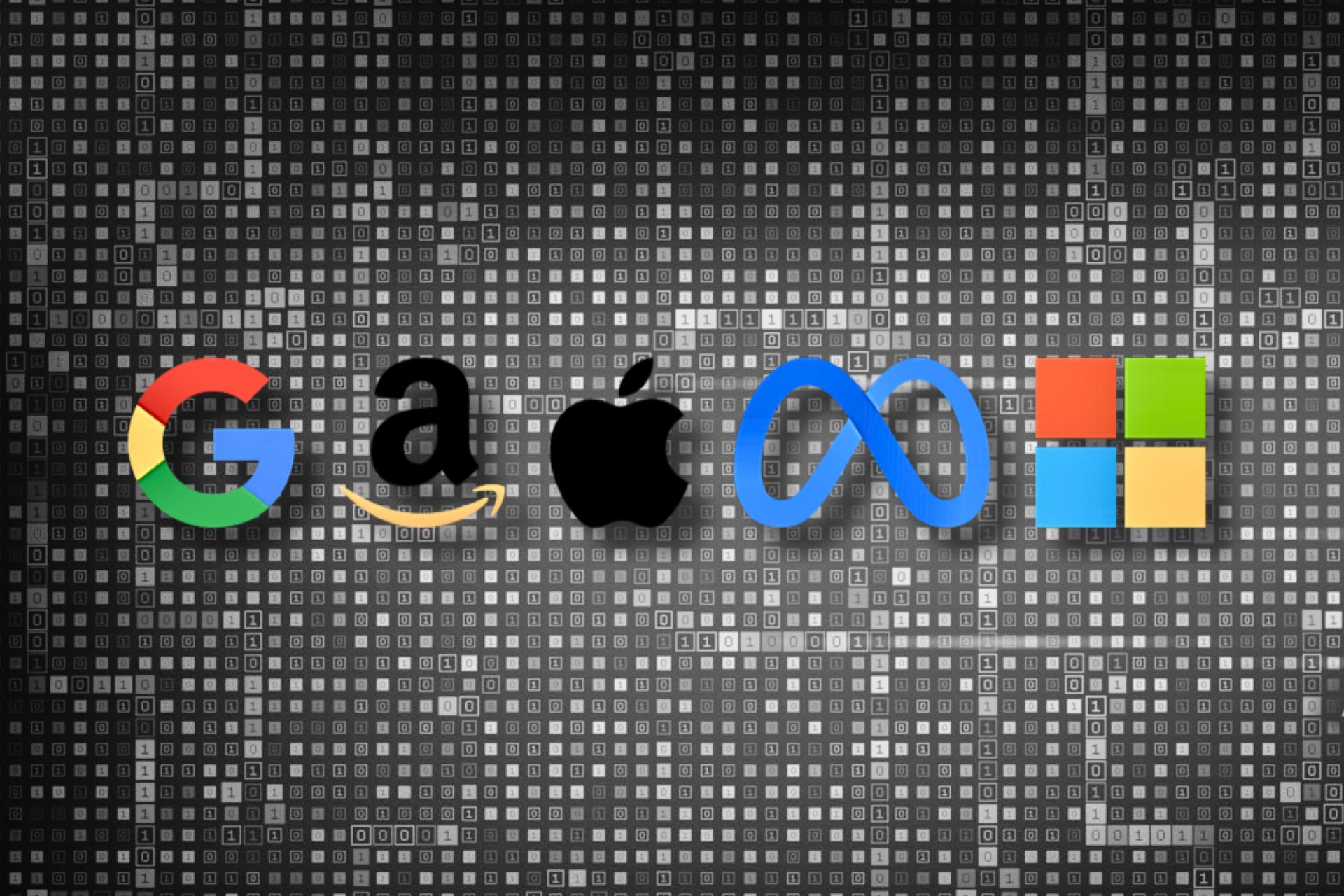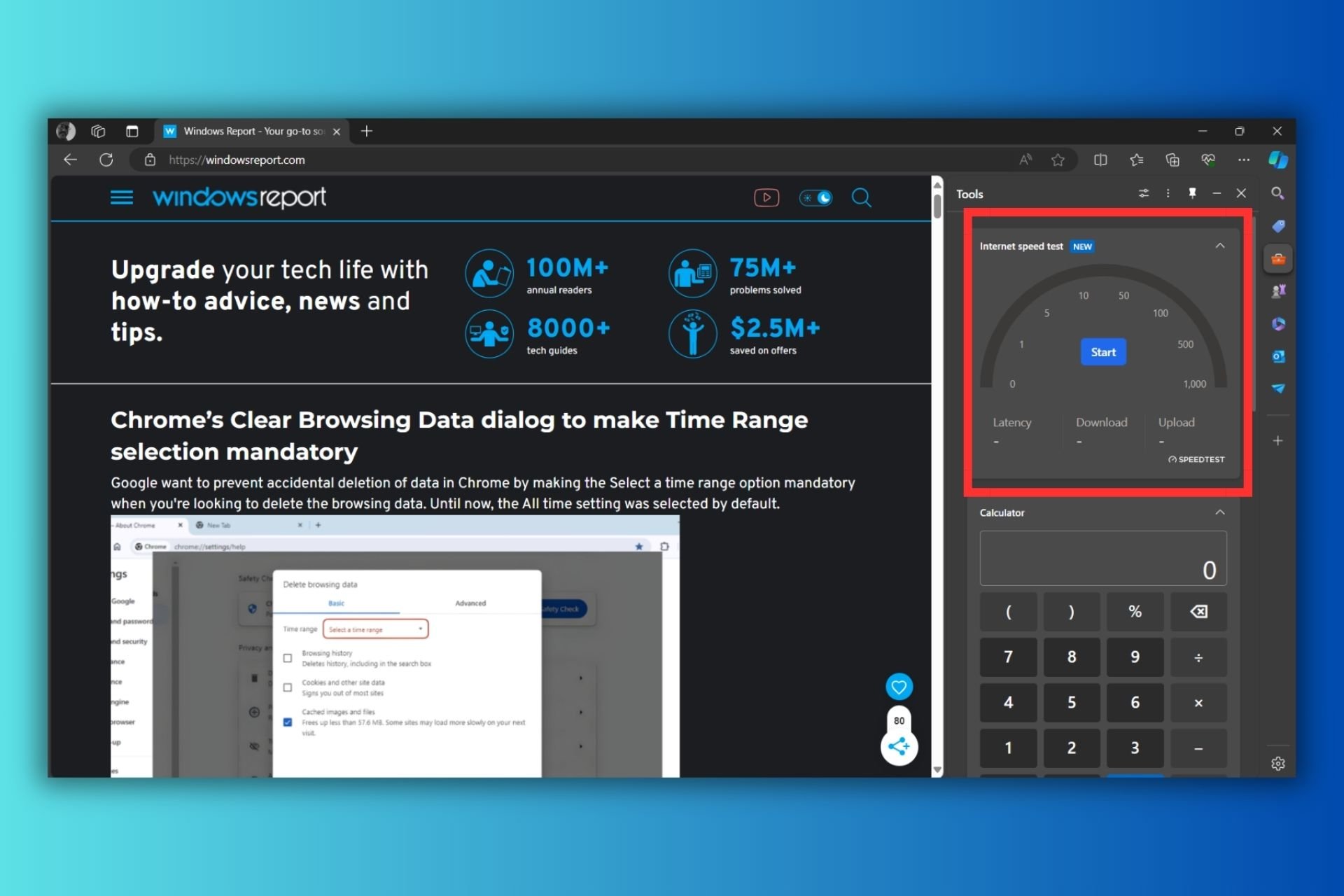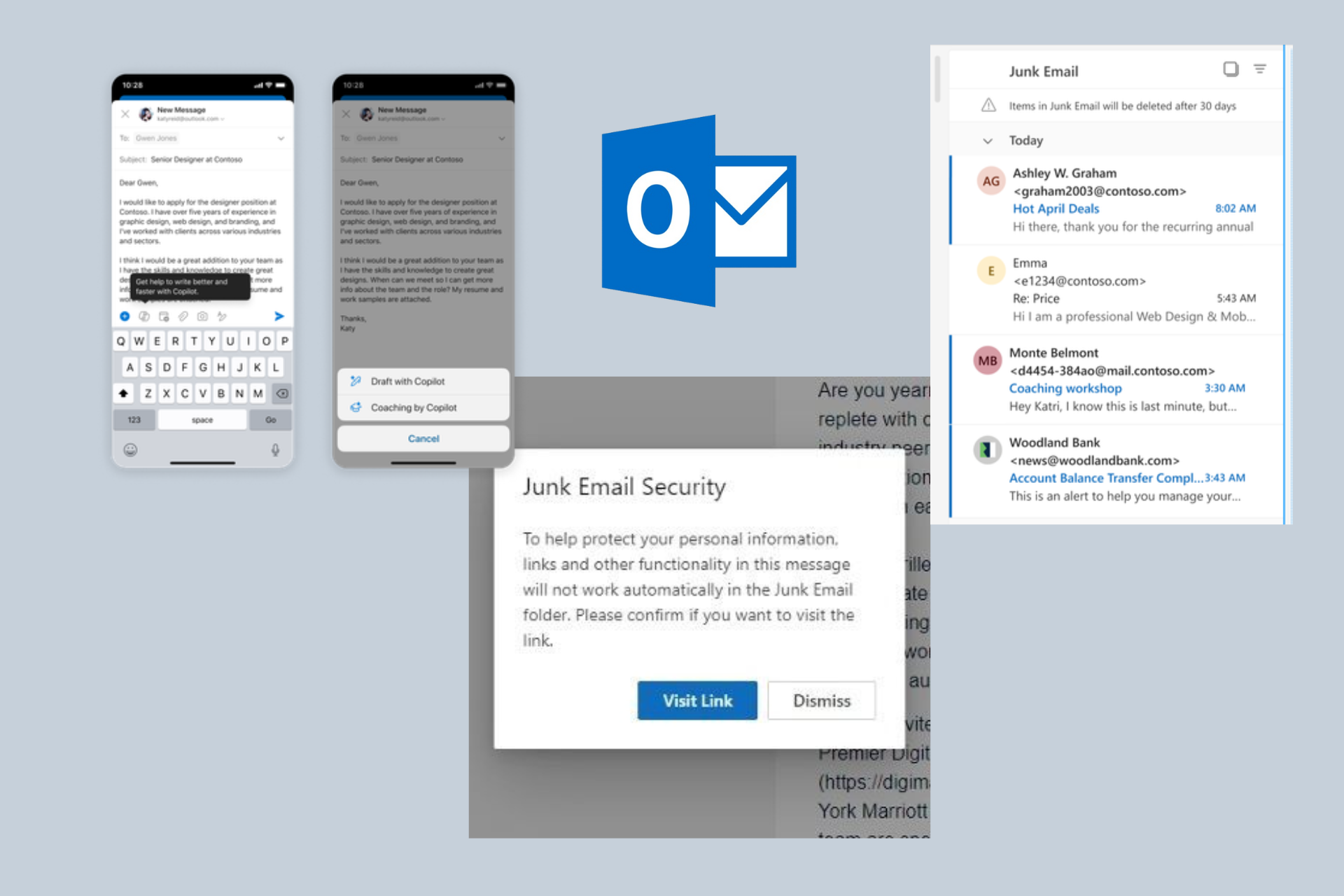‘Windows Intune’ becomes rebranded as ‘Microsoft Intune’
2 min. read
Published on
Read our disclosure page to find out how can you help Windows Report sustain the editorial team Read more
Windows Intune is a part of Microsoft’s cloud-based management solution that was announced in 2011. The tool was aimed at helping small to medium sized business manage a large number of Windows PCs. Recently, in addition to receiving new updates, it was announced that ‘Windows Intune’ will be receive a name change to ‘Microsoft Intune’, citing the following reason:
“This change reflects Microsoft’s ongoing strategy for Intune as a cloud-based mobile device management (MDM) and mobile application management (MAM) solution. The ‘Microsoft Intune’ name more accurately represents Intune’s capabilities, supporting both iOS and Android platforms, in addition to Windows. It is also in alignment with our commitment to embrace the new dynamics of the workplace, and increase employee productivity by enabling them to work wherever and whenever they want on any device, while helping IT keep corporate information secure.”
Microsoft long ago acknowledged that iOS and Android rule the mobile marketplace, and that they must support these platforms equally — if not more — than Windows Phone. Latest name changes including Bing apps being rebranded as MSN, may hint at a Microsoft trying to clean the slate and distance itself from its struggling platforms (Windows Phone and Bing).
Specifically with Intune, part of Microsoft’s Enterprise Mobility Suite, it makes more sense to change the name, as most enterprise users will be installing the app on Android or iOS device. More broadly, Microsoft needs to woo users outside that are not already entrenched in its ecosystem, so the subtle name changes may be suitable.








